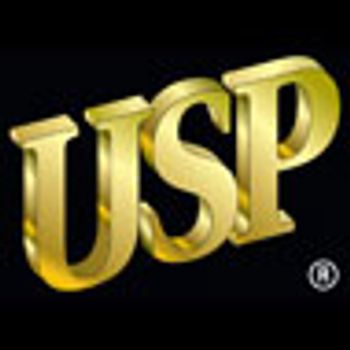
Representatives from 17 nations sit down to decide upon standards-setting initiatives.

Representatives from 17 nations sit down to decide upon standards-setting initiatives.

News and Views

Thin are the lines that separate stability, statistics, and chaos.
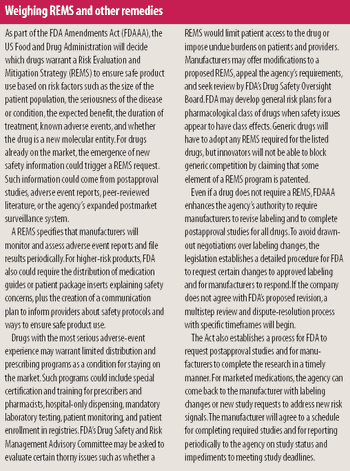
New FDA act reshapes drug development and marketing to restore public trust in pharmaceutical regulation.
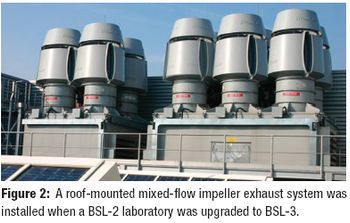
Mixed-flow impeller systems exhaust laboratory workstation fume hoods, prevent reentrainment into the facility and adjacent facilities, and help companies comply with appropriate pollution-control standards.

The senior director of Oracle's Life Sciences Business Unit tackles some of the technical issues regarding regulatory standardization, software integration, and the trend toward virtualization, among other things. Do you have something to ask Arvindh Balakrishnan? Click here to submit your questions.

Company Notes: Gibraltar expands facilities; Allozyne appoints new president and CEO, more.

The US Food and Drug Administration announced the formation of the Pediatric Review Committee to help ensure quality and consistency across the agency.
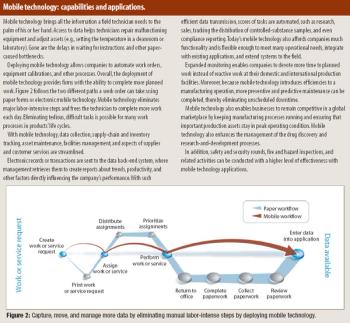
Seven Reasons Why Pharmaceutical Makers Are Adopting Mobile Technology
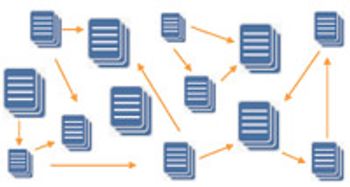
The scope and complexity of GRC requirements are expanding so rapidly that businesses are struggling to fulfill them despite an increased willingness on industry's part to apply additional GRC resources.
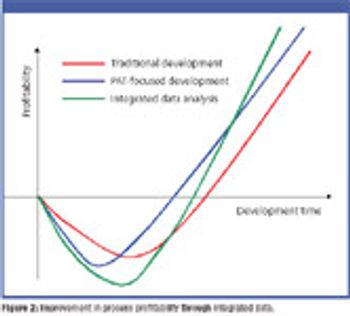
The senior director of Oracle's Life Sciences Business Unit tackles some of the technical issues regarding regulatory standardization, software integration, and the trend toward visualization, among other things.

In accordance with the US Food and Drug Administration Amendments Act of 2007, FDA is asking companies to notify the agency within 30 days whether they intend to participate in FDA?s direct-to-consumer user-fee program during fiscal year 2008.

After a whirlwind of negative press this fall regarding the safety of cough and cold medications for children under age 6, the US Food and Drug Administration?s Nonprescription Drugs and Pediatric Advisory Committees have recommended such over-the-counter drugs no longer be used for young children.

Company and People Notes: ImClone, BMS, and Merck form agreement; CRI Worldwide names new CEO, more.

Medical students are participating in various activities this week to persuade medical schools to shield their campuses from the influence of pharmaceutical marketing as part of ?National PharmFree Week.?

The US Food and Drug Administration posted its rates for user fees for fiscal year 2008, effective Oct. 1, 2007 through Sept. 30, 2008.

The US Food and Drug Administration sent Med-South Pharmacy a Warning Letter for producing large volumes of betamethasone acetate?betamethasone sodium phosphate without following current good manufacturing practices (CGMPs).

The US Food and Drug Adminstration?s Center for Biologics Evaluation and Research has issued a Warning Letter to Genzyme Corporation.

Company and People Notes: Novartis and MIT to study continuous processing, GSK appoints Andrew Witty as CEO, more.

This downloadable Failure Mode Effect Analysis tool accompanies the article titled 'The Application of Quality by Design to Analytical Methods' by Phil Borman et. al.

The US Food and Drug Administration launched a new program to increase the number and variety of generic drugs available to the public, beginning in FY2008.

Ranbaxy received full market approval from the US Food and Drug Admnistration for its anti-infective agent ?Clarithromycin? oral suspension.

President Bush signed the FDA Amendment Act into law, thereby reauthorizing the Prescription Drug User Fee Act (PDUFA).
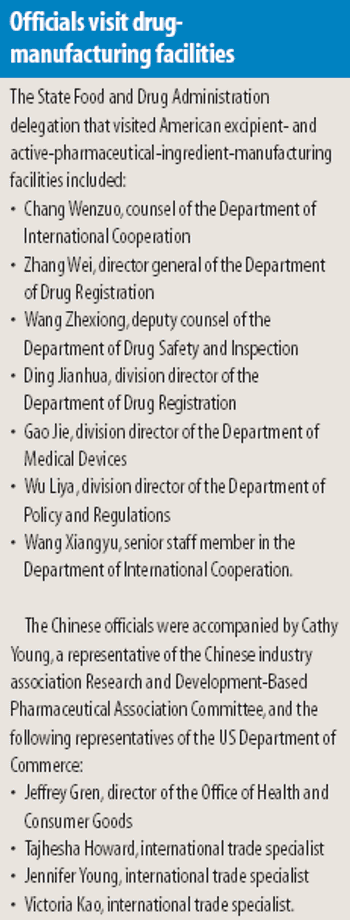
As China emerges as a significant supplier of pharmaceutical ingredients, it must assure other countries of the safety of its excipients.

Amidst debate, the European Pharmacopoeia Commission is working to include physical or "functionality-related characteristics" of exipient materials in its monographs.